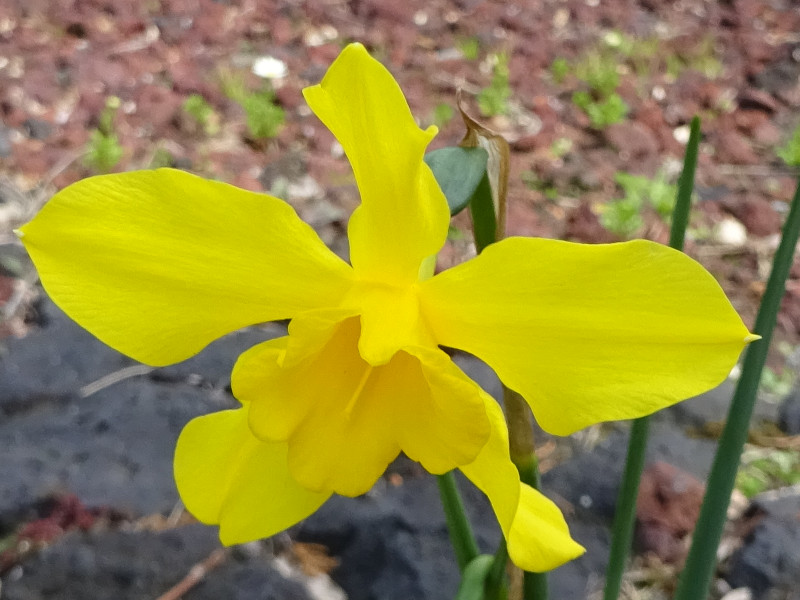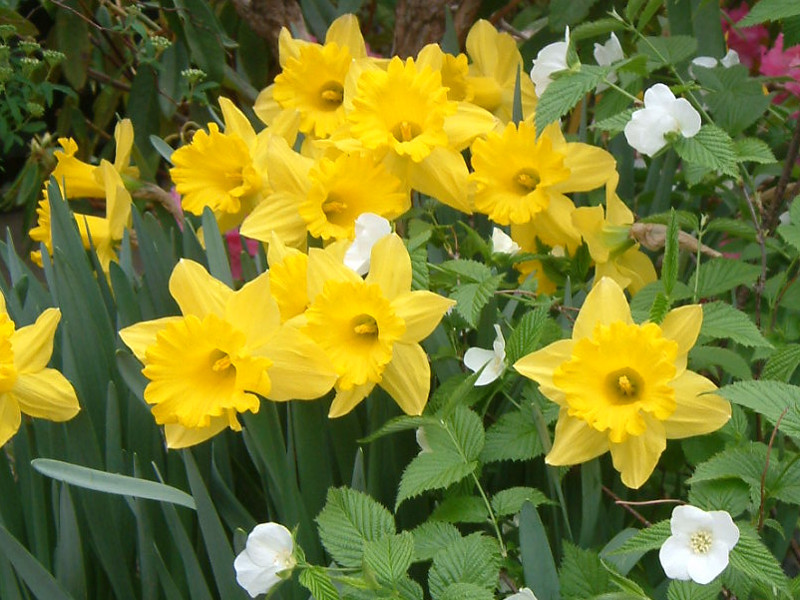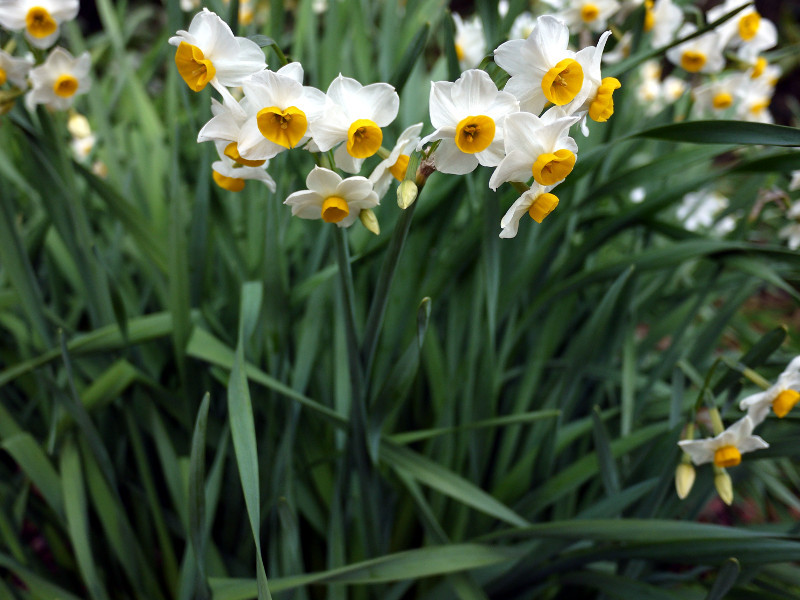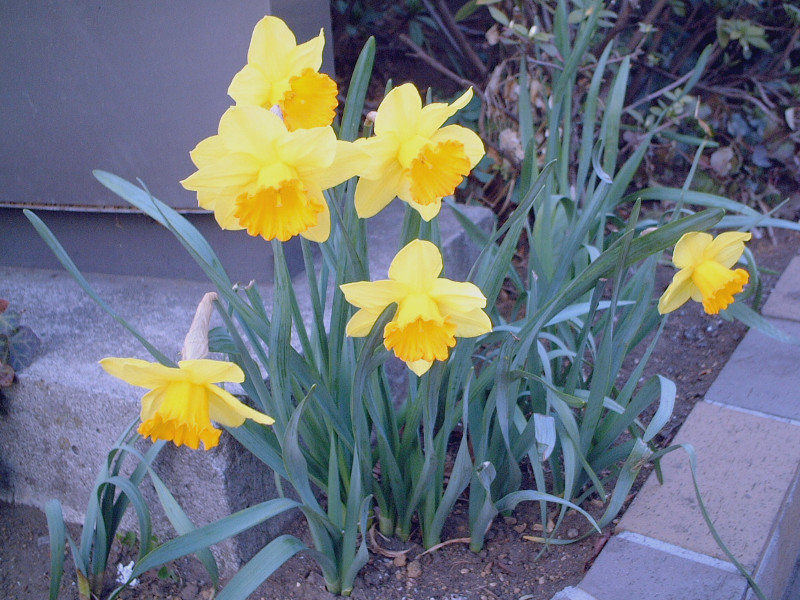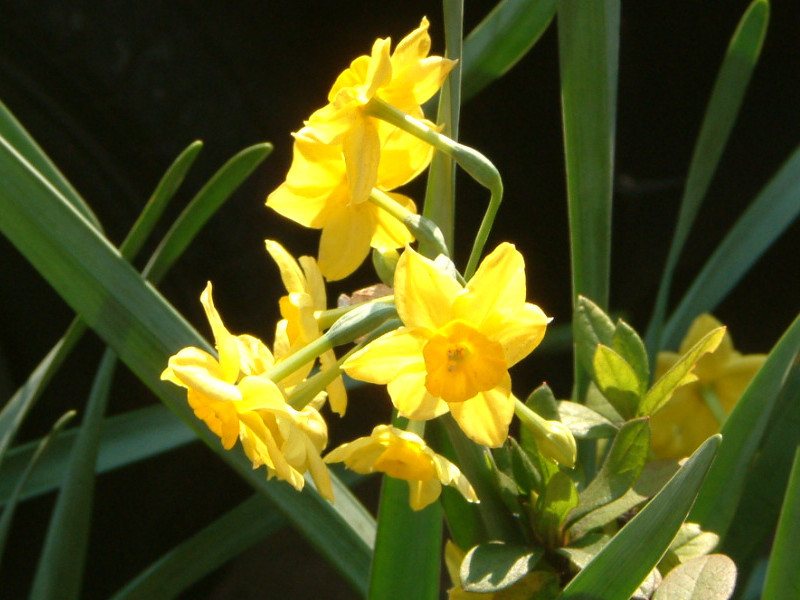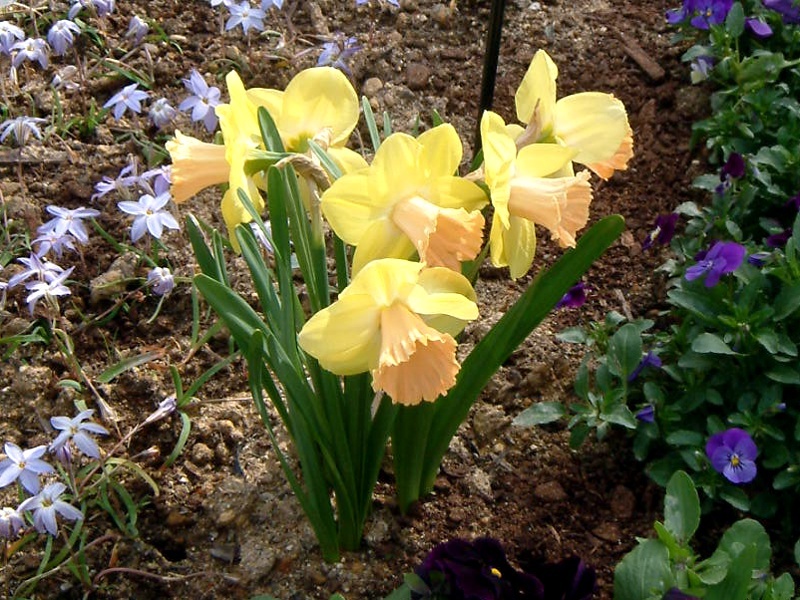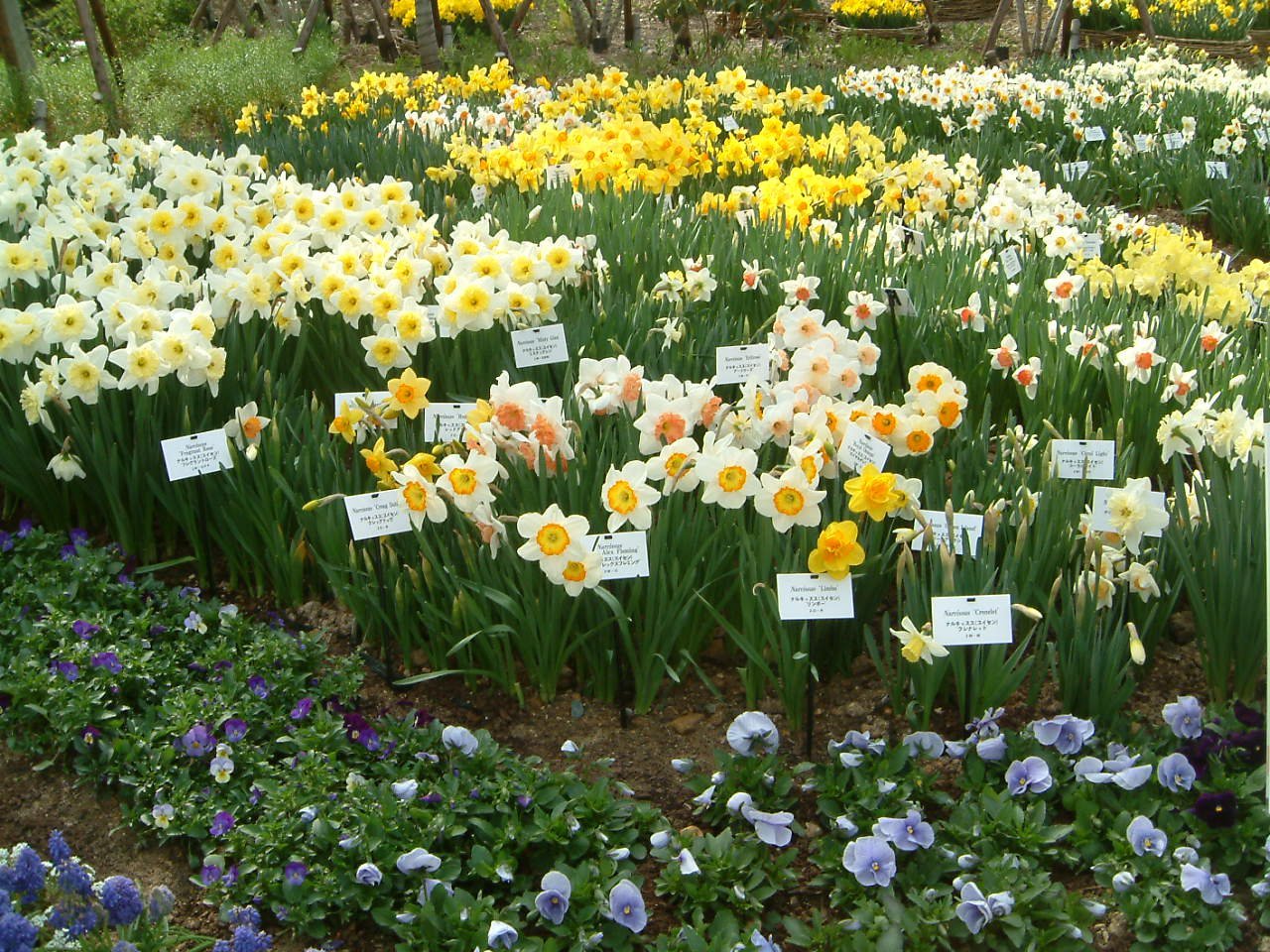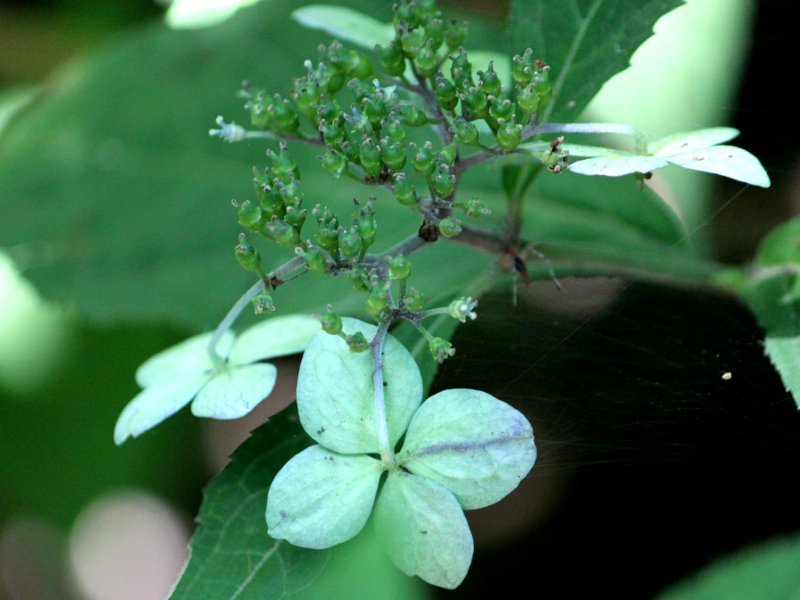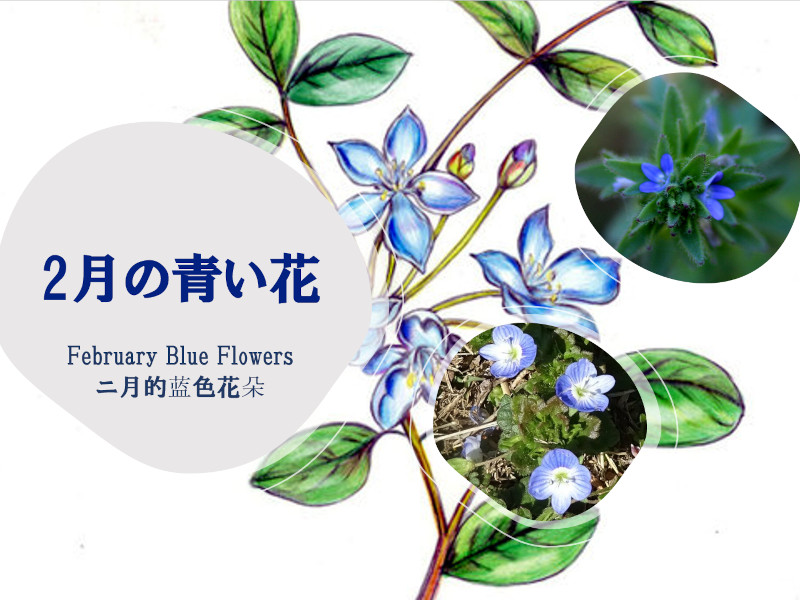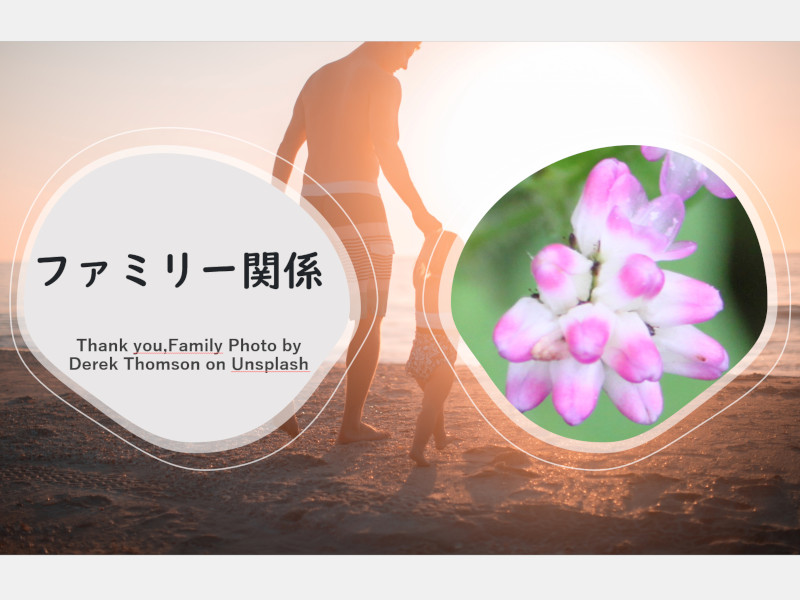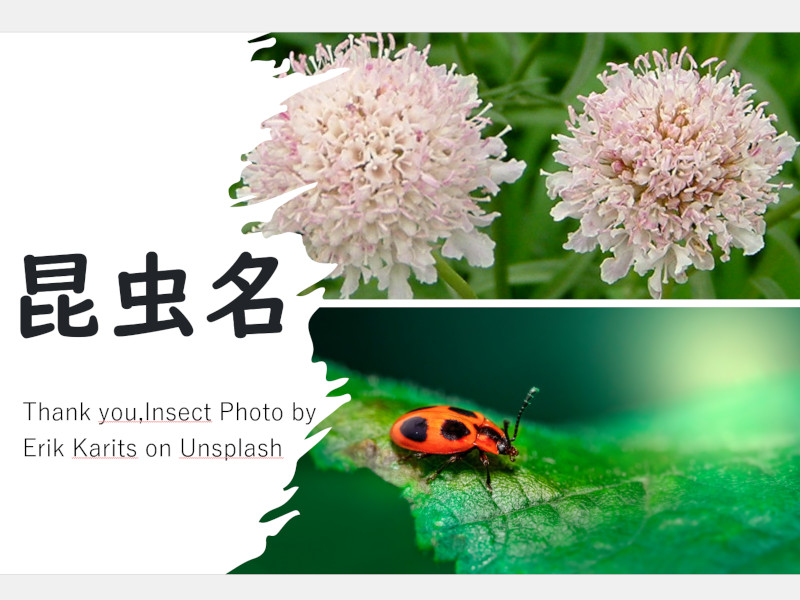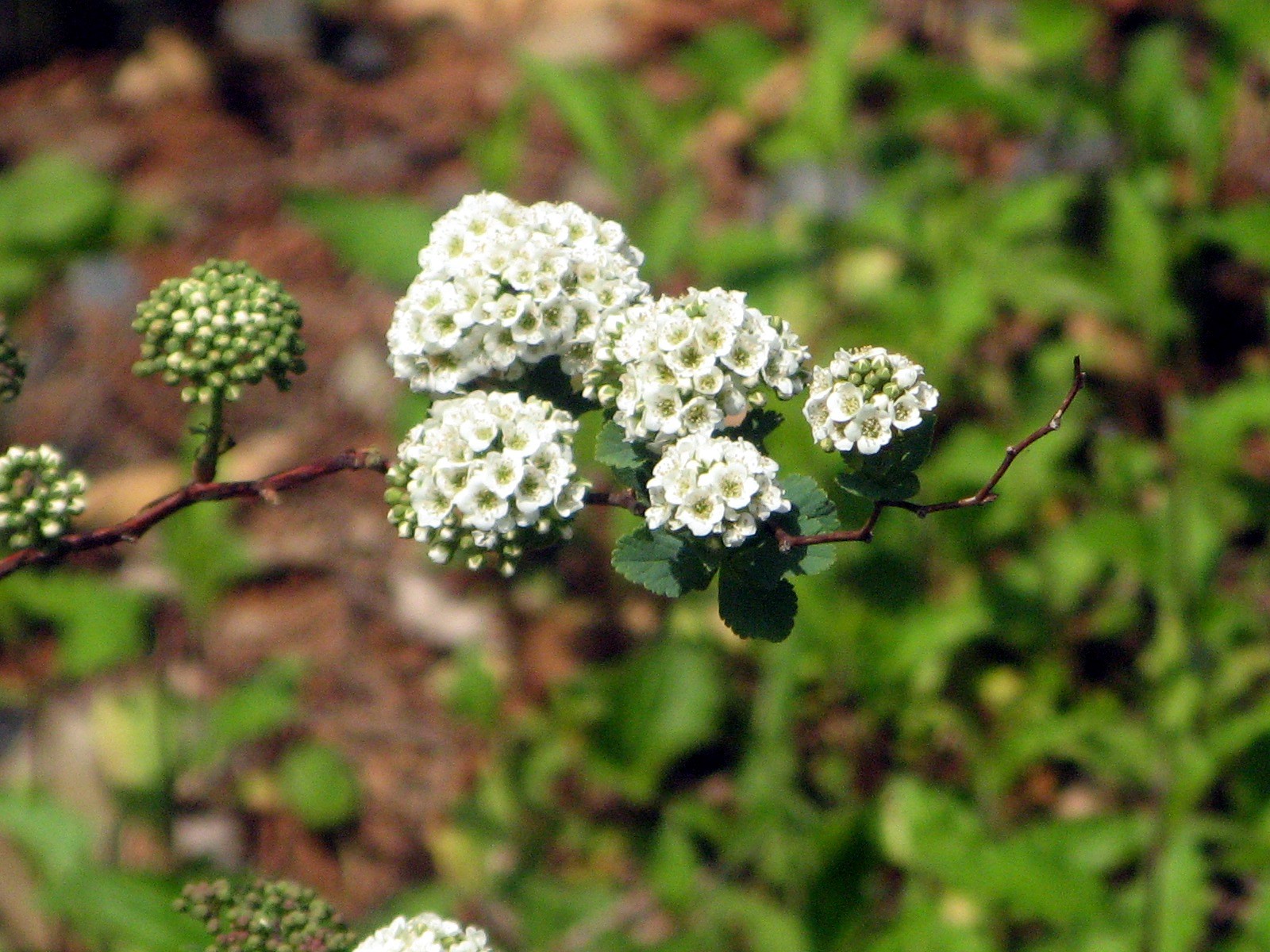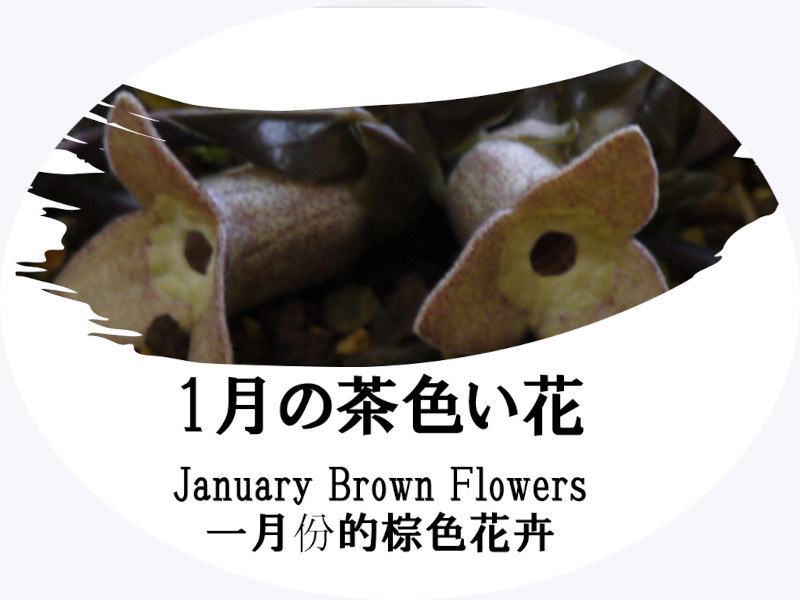Narcissus
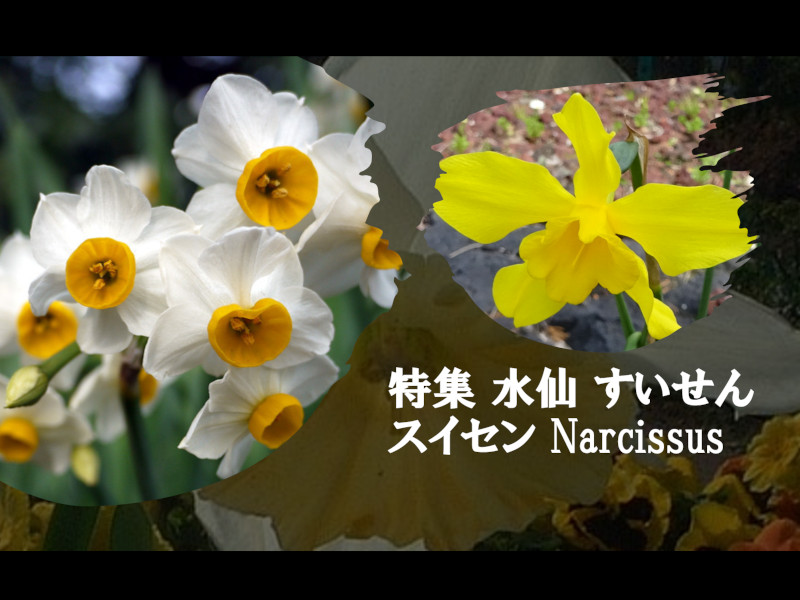
Narcissus
January 2nd, January 3rd, January 4th, January 13th, and April 3rd Birth Flowers
Narcissus (scientific name: Narcissus) is a cold-hardy bulbous plant of the Amaryllidaceae family, native to southern Europe and the Mediterranean coast. It is commonly known as Narcissus or Narsissus in English.
The height of the plant ranges from 15 to 50 cm.
The leaves and stems are green, slender, and thick, resembling the leaves of an iris, but smaller.
From winter to spring, trumpet-shaped flowers bloom downward. The flower colors include yellow, white, orange, and pink.
Propagation is done through bulbs.
The entire plant, especially the bulb, is toxic, so it is dangerous if consumed.
Narcissus Varieties
Narcissus comes in a wide variety. They are classified into the following types:
Meaning of Classification Symbols
Group Flower Petal (Perianth) Color - Color of the base, center, and tip of the corona
[Colors] W: white, Y: yellow, O: orange, P: pink, R: red, G: green, C: cream, L: lemon-yellow
Example: Japanese Narcissus is classified as 8W-Y, meaning the petals are white, and the corona's base, center, and tip are all yellow.
Group 1
Trumpet Narcissus (Narcissus pseudonarcissus) - 1 flower per stem. (Corona length) > (Petal length).
Example: Narcissus 'Lorikeet' (scientific name: Narcissus pseudonarcissus 'Lorikeet')
Group 2
Large-Cupped Narcissus - 1 flower per stem. (Petal length) > (Corona length).
Example: Narcissus 'King Alfred'
Group 3
Small-Cupped Narcissus - 1 flower per stem. (Corona length) < (1/3 of petal length).
Example: Chiquita
Group 4
Double Narcissus - 1 flower per stem. The corona, pistils, and stamens transform into petals, resulting in double flowers.
Group 5
Triandrus Narcissus - 3-4 flowers per stem.
Group 6
Cyclamineus Narcissus - Flowers with reflexed petals and a long, tubular corona.
Example: Mini Narcissus 'Tete-a-Tete' (scientific name: Narcissus cyclamineus 'Tete-a-Tete')
Group 7
Jonquilla Narcissus - Multiple flowers per stem. Known for its fragrant blossoms.
Example: Narcissus odorus (scientific name: Narcissus x odorus)
Group 8
Tazetta Narcissus - Clustered flowers with red-tipped coronas, resembling lipstick.
Poeticus Narcissus - Known for its red corona, resembling lipstick.
Group 10
Species Narcissus - Includes wild species and hybrids.
Example: Narcissus cantabricus, Triandrus, Cyclamineus, Jonquilla, Tazetta, Poeticus.
Group 11
Split-Corona Narcissus - The corona is split.
Group 12
Miscellaneous Narcissus - Narcissus varieties that do not belong to the above categories.
Origin of the Name "Narcissus"
The Japanese name "Suisen" (水仙) comes from the Chinese name for Narcissus, which means "water immortal." The term originates from ancient Chinese texts, where immortals were associated with the heavens, earth, and water, with the water immortal living in water, symbolizing purity and longevity. The flower grows in water, has a long lifespan, and blooms with pure, elegant flowers, which is how it earned this name.
Narcissus is not edible
Narcissus is toxic, especially its bulb, so it is dangerous to consume. The leaves of Narcissus resemble those of edible plants like garlic chives (Allium tuberosum) and wild garlic (Allium macrostemon), so caution is advised.
Flower Language of Narcissus
"Self-love," "Mystery," "Vanity"
Related Pages
Special feature "Narcissus"
